Abstract
Stimulant medication and behaviour therapy are the most often applied and accepted treatments for Attention-Deficit/Hyperactivity-Disorder (ADHD). Here we explore where the non-pharmacological clinical intervention known as neurofeedback (NFB), fits on the continuum of empirically supported treatments, using standard protocols. In this quantitative review we utilized an updated and stricter version of the APA guidelines for rating ‘well-established’ treatments and focused on efficacy and effectiveness using effect-sizes (ES) and remission, with a focus on long-term effects. Efficacy and effectiveness are compared to medication and behaviour therapy using benchmark studies. Only recent systematic reviews and meta-analyses as well as multi-centre randomized controlled trials (RCT’s) will be included. Two meta-analyses confirmed significant efficacy of standard neurofeedback protocols for parent and teacher rated symptoms with a medium effect size, and sustained effects after 6–12 months. Four multicenter RCT’s demonstrated significant superiority to semi-active control groups, with medium-large effect sizes end of treatment or follow-up and remission rates of 32–47%. Effectiveness in open-label studies was confirmed, no signs of publication bias were found and no significant neurofeedback-specific side effects have been reported. Standard neurofeedback protocols in the treatment of ADHD can be concluded to be a well-established treatment with medium to large effect sizes and 32–47% remission rates and sustained effects as assessed after 6–12 months.

